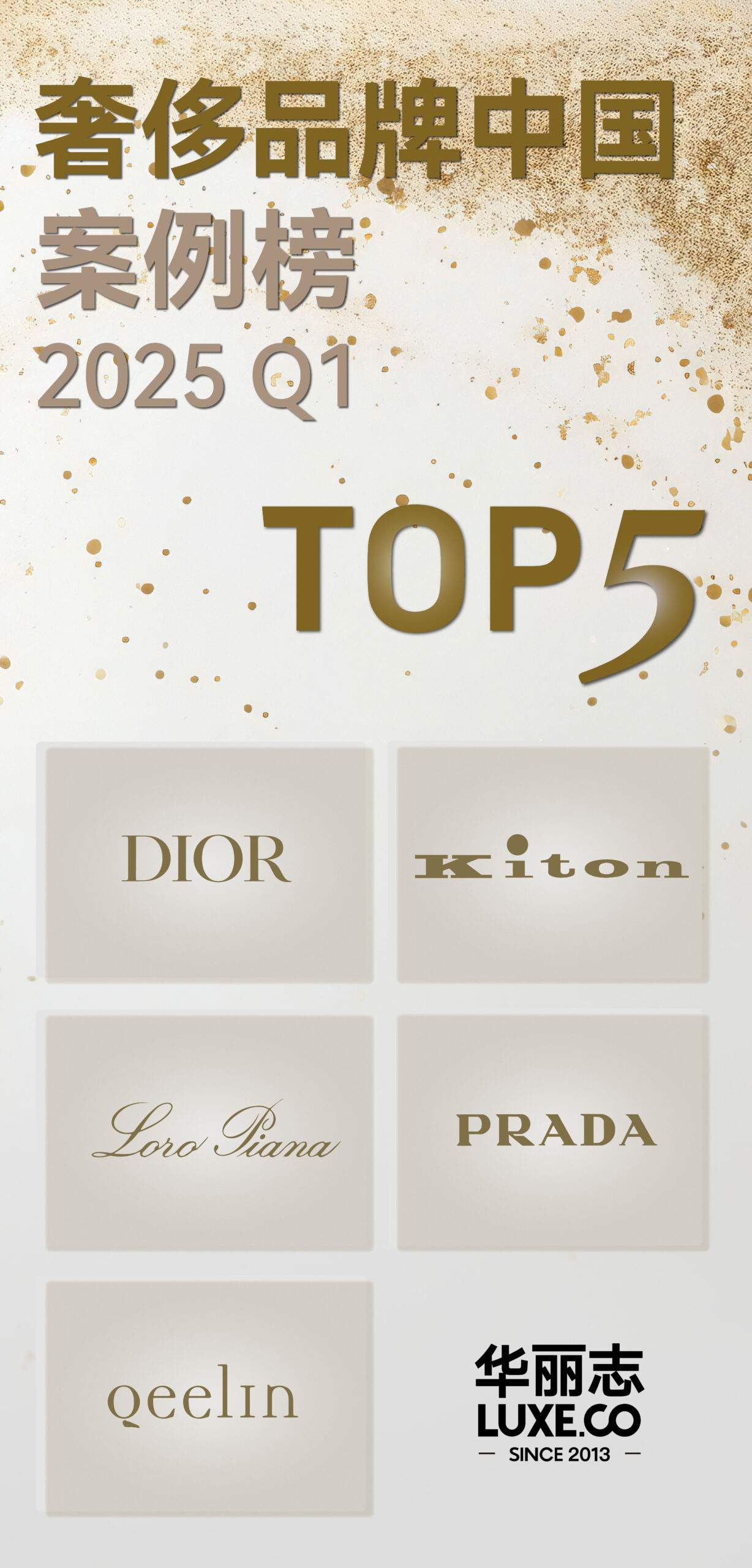The luxury market today is undoubtedly facing numerous challenges.
When it comes to the Chinese market and its local consumers, one of the most pressing challenges is: How can luxury brands transcend their traditional roles, and spark emotional resonance with genuine empathy?
In building a two-way relationship between brands and users, authentic empathy will always have more staying power than eye-catching spectacle. The Mid-Autumn Festival is a critical moment for brand marketing, and LUXE.CO has noticed a standout case among luxury labels:
Kering’s fine jewelry brand Qeelin has focused on the theme of “family culture,” releasing a special short film featuring brand ambassador Wang Chuqin and his family. The film precisely captures the uniquely restrained yet deeply affectionate ways in which Chinese family members express love.
Rooted in Eastern culture, Qeelin has a natural advantage in understanding the emotions of Chinese people—not only in its design inspirations and product creations but also in its brand storytelling. This positioning has helped Qeelin become the only luxury brand under the Kering Group to rank in the Top 10 of LUXE.CO Intelligence’s “2025 H1 Luxury Brands China Power Ranking”.
By revealing Wang Chuqin’s emotional side as an ordinary person, Qeelin draws on the theme of familial love—one that resonates with Chinese communities around the world. In doing so, it touches people’s most tender feelings and evokes emotional connections through the most genuine form of sentiment.
Going Deep into Eastern Family Bonds: Qeelin’s Continued Commitment to Chinese Values
LUXE.CO has come to learn that this entire collaboration started from a Weibo post by Wang Chuqin. On May 11, Qeelin officially announced Wang Chuqin as a brand ambassador. Coincidentally, the announcement happened to fall on Mother’s Day and also marked Wang’s 25th birthday. While celebrating the day with his mother, he shared a heartfelt message: “When I come back, let’s visit more fun places together~”
His words revealed his deep longing to reunite with his family.

This Mid-Autumn Festival, Wang Chuqin finally had the chance to spend time with his parents. They shared a simple, heartwarming day at a resort in Beijing—a rare moment of family reunion. The last time they celebrated the Mid-Autumn Festival together was 18 years ago, when Wang was just seven years old. Qeelin accompanied the Chinese athlete’s family throughout their reunion, documenting the flowing emotional connections through an honest and realistic visual narrative.
The short film unfolds through the lens of Wang Chuqin’s selfie vlog. He sets up the camera and points it at his parents, who are clearly unaccustomed to being on camera, appearing slightly awkward. Wang’s mother gently pats his father’s hand, motioning for him to speak first. His father, slightly bashful, turns his face aside and speaks with a soft regional accent, which is charming and full of personality.
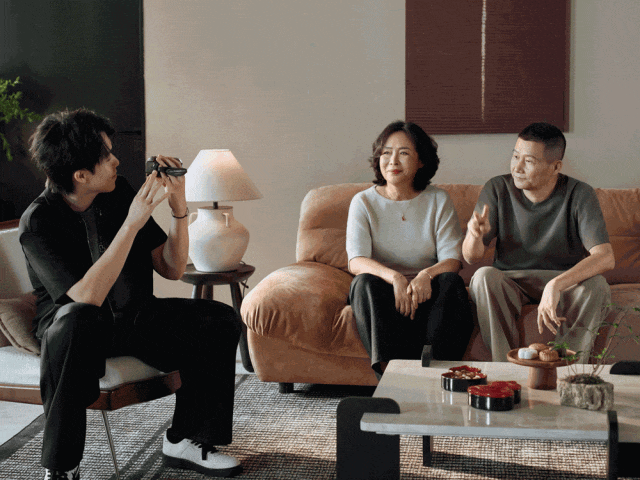
A long-awaited reunion, now finally happening—yet in the moment, words are hard to find despite the joy within. These unintentional details capture the restrained but deeply felt emotions that are characteristic of Eastern expression.
From the very beginning, the film sets the tone through these quiet, nuanced moments. With heartfelt emotion and unembellished authenticity, Qeelin aims to capture the delicate emotional threads within Wang Chuqin’s family reunion, showcasing the subtle bonds between Chinese parents and their children.
Having trained away from home since childhood, Wang has rarely had the opportunity to spend time with his parents. Yet their love and guidance supported him through the most challenging phases of his athletic career. When Wang was 18, his mother wrote him a letter filled with thoughtful advice and heartfelt hopes, which he read again and again. During crucial competitions, his father followed every match closely, sending encouraging texts to help him stay calm and persevere. Although these stories are not explicitly recounted in the short film, the deep love from his parents is evident in his mother’s tender gaze and his father’s humorous words.
This parental devotion has nurtured a deep sense of gratitude in their son. Wang Chuqin has often spoken of his guilt over not being able to spend enough time with his parents, with even a short family trip becoming a rare luxury due to his busy schedule. In this reunion, he steps into the role of protector rather than the one being protected—a transition that echoes the emotional journey of many children within an Eastern cultural context.
In the film, Wang places a Qeelin Wulu necklace around his mother’s neck. The love, companionship, promises, and sense of protection among family members are all tenderly conveyed through the Wulu, which symbolizes “blessings and prosperity.”
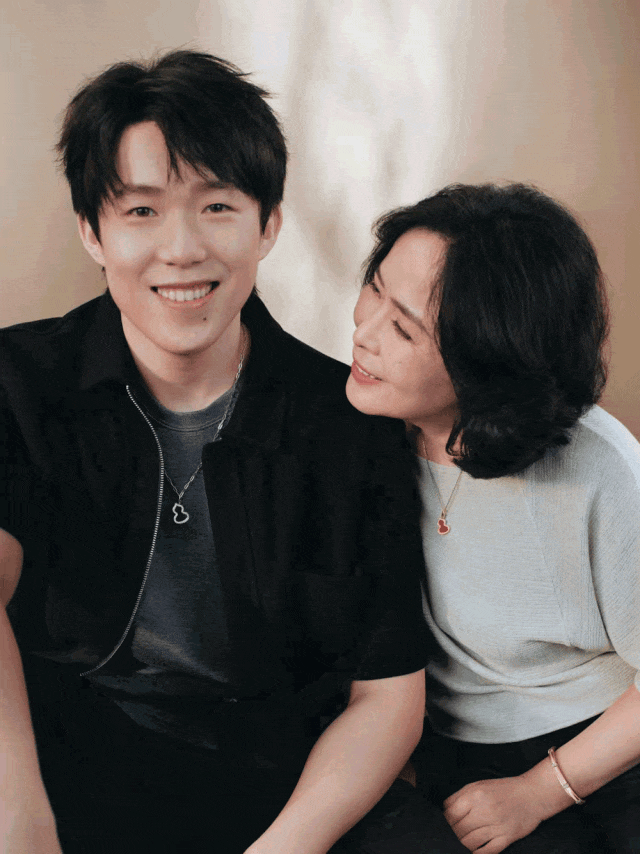
The Qeelin Wulu collection draws inspiration from the gourd—a highly symbolic element in traditional Chinese culture. Due to its phonetic similarity to the phrase “fu lu” (meaning blessings and prosperity), the gourd has long been associated with people’s wishes for a good life.
As Chinese aesthetics and cultural symbols become highly sought-after sources of inspiration for brands around the world, it is worth noting that, since its founding in 2004, Qeelin has showcased the gourd motif on the global stage, demonstrating a deep understanding of Chinese values.
That same year, Chinese international film star Maggie Cheung won Best Actress at the 57th Cannes Film Festival. On stage, she wore a single Wulu earring. Its exceptionally minimalist, elegant, fluid, and harmonious lines redefined the gourd shape, giving it a contemporary form that has since been etched in the history of global jewelry.
Qeelin became the first fine jewelry brand to interpret the traditional gourd through the lens of modern aesthetics. From that moment on, the name Qeelin, alongside the Wulu image and Eastern culture essence, has been deeply imprinted on the world.
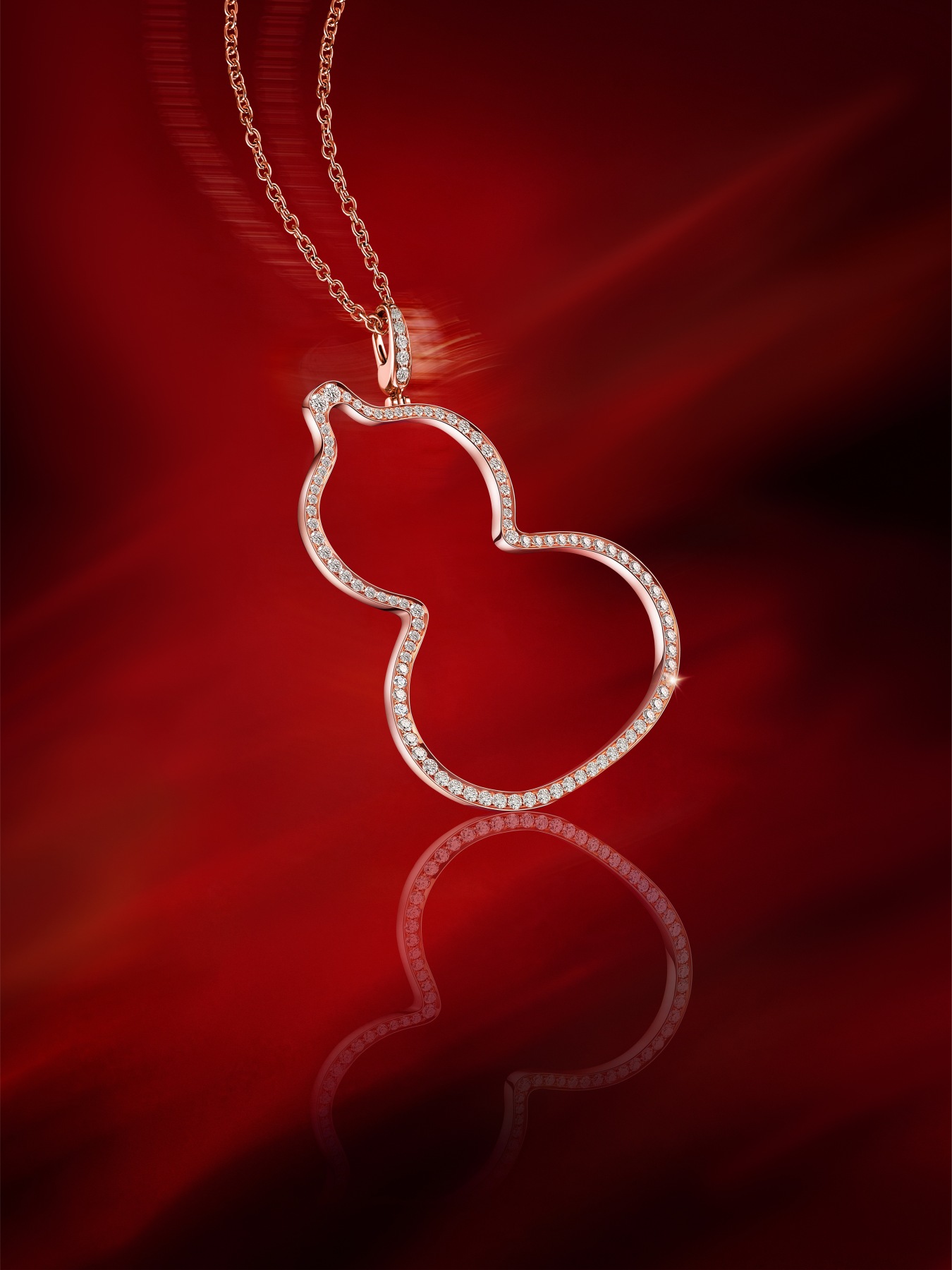
Qeelin Wulu Collection
Authenticity: The Foundation for Earning Consumer Trust in Luxury
In recent years, from the rising wave of Guochao (Chinese trend) to the flourishing emergence of brands grounded in Eastern elements, it has become evident that Chinese consumers are embracing local culture with growing enthusiasm. Amid this cultural momentum, Qeelin has achieved notable success.
As stated in the Kering Group’s H1 2025 financial report, “Qeelin’s sales momentum was excellent,” with the brand delivering “stronger performance” in the Asia-Pacific region.
According to LUXE.CO Intelligence, the fashion industry research arm of LUXE.CO, Qeelin’s growth in the China market has been clearly documented. In the 2025 H1 Luxury Brands China Power Ranking, Qeelin ranked in the Top 10 for the first time, landing in fifth place, a significant climb of nine positions compared to 2024 H1.
The key to Qeelin’s resonance with Chinese consumers lies in the alignment between the brand’s internal philosophy and its external expressions and creations—what can be described as a quality of Authenticity.
The word authenticity originates from the Greek language. After entering Roman culture, it was used in legal contexts to refer to “authenticus”—a true edict, or a document or statement controlled by an authoritative source.
Later, the term evolved across fields such as psychology and philosophy to refer to being true to oneself. From Nietzsche’s call to “become who you are,” to Canadian philosopher Charles Taylor’s idea of “living according to the values of my inner identity,” to Carl Rogers’ theory of self-congruence, the core idea remains: only by being one’s authentic self in relationships can true connections be established.
This concept applies equally to brands. When a brand communicates “who I am” with clarity and sincerity, through its values and cultural identity, it builds strong connections with consumers who feel the brand aligns with their actual self.
Qeelin exemplifies this. At its core lies a profound respect for traditional Chinese humanistic values coupled with a strong sense of mission to promote Chinese traditional culture. In its external expression, whether through product design or brand storytelling, Qeelin has remained true to its original spirit.
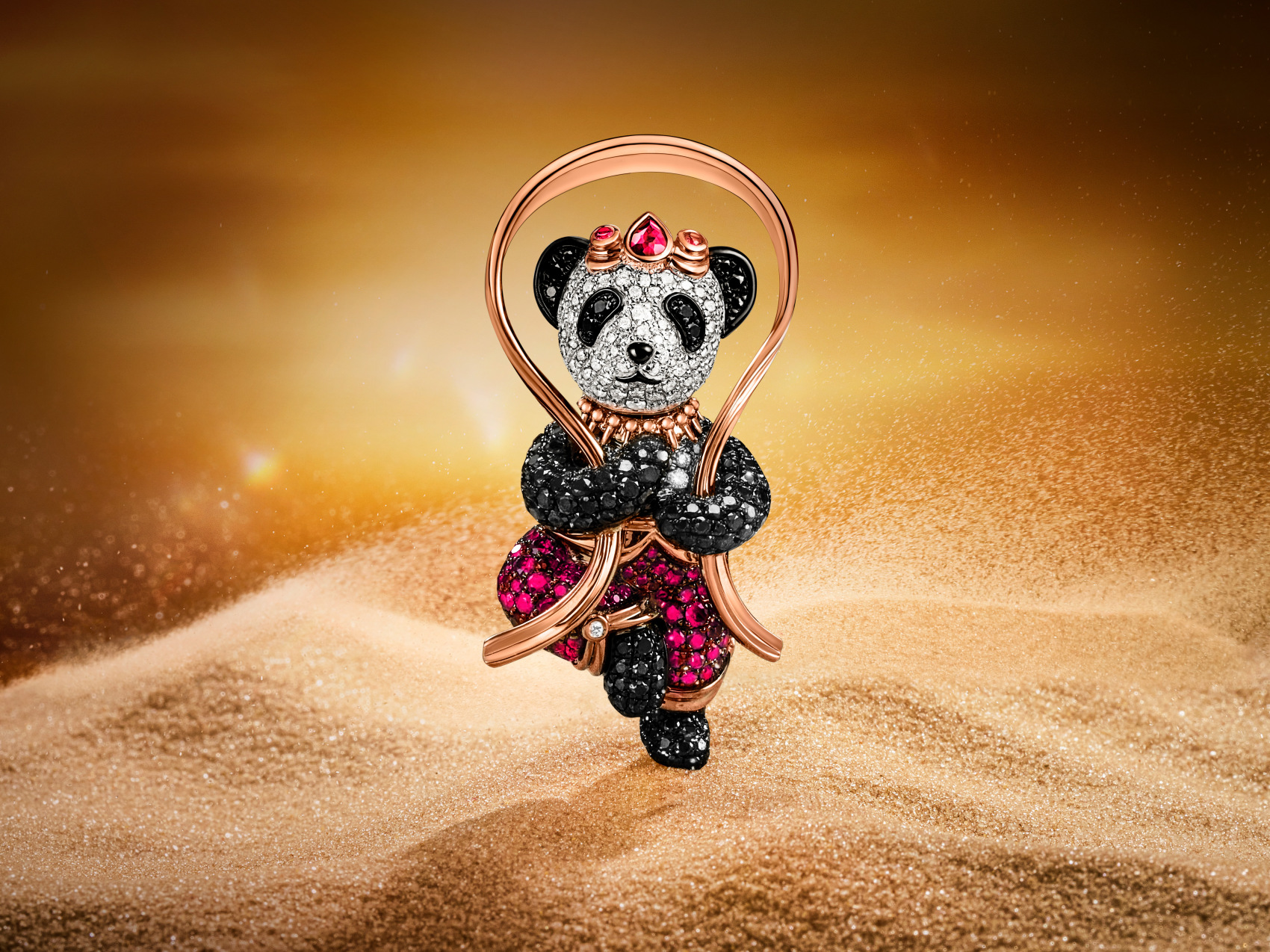
Qeelin Dunhuang Bo Bo
In 1997, Chinese designer Dennis Chan traveled to Dunhuang, where he was awestruck by the exquisite murals of the Mogao Caves. That experience inspired him to create a jewelry brand that embodied Eastern aesthetics. He named it Qeelin, after the mythical Qilin—a legendary creature with antlers and cloven hooves, regarded by the ancient Chinese as a symbol of peace and prosperity.
Driven by both ancient cultural meaning and contemporary aesthetic vision, Qeelin launched its most iconic Wulu collection in 2004. Rooted in cultural heritage, Eastern tradition, and artisanal craftsmanship, and combined with a modern design language, the collection debuted on the global stage through the international influence of actress Maggie Cheung, bringing new vitality to traditional Chinese culture.
Since then, every piece Qeelin has created has been imbued with Chinese culture and its symbolic meaning—from the Bo Bo collection inspired by the beloved panda, to the Yu Yi collection based on the traditional longevity lock pendant, to the Qin Qin collection that draws from the auspicious imagery of goldfish.
In the past two years, Qeelin has intensified its focus on the fine jewelry category, carrying forward the founder’s creative vision of “revitalizing culture through artistry.” The brand has mastered the integration of Chinese humanistic and natural elements, elevating not only its aesthetic expression but also its capacity to renew cultural memory through design philosophy and product language.
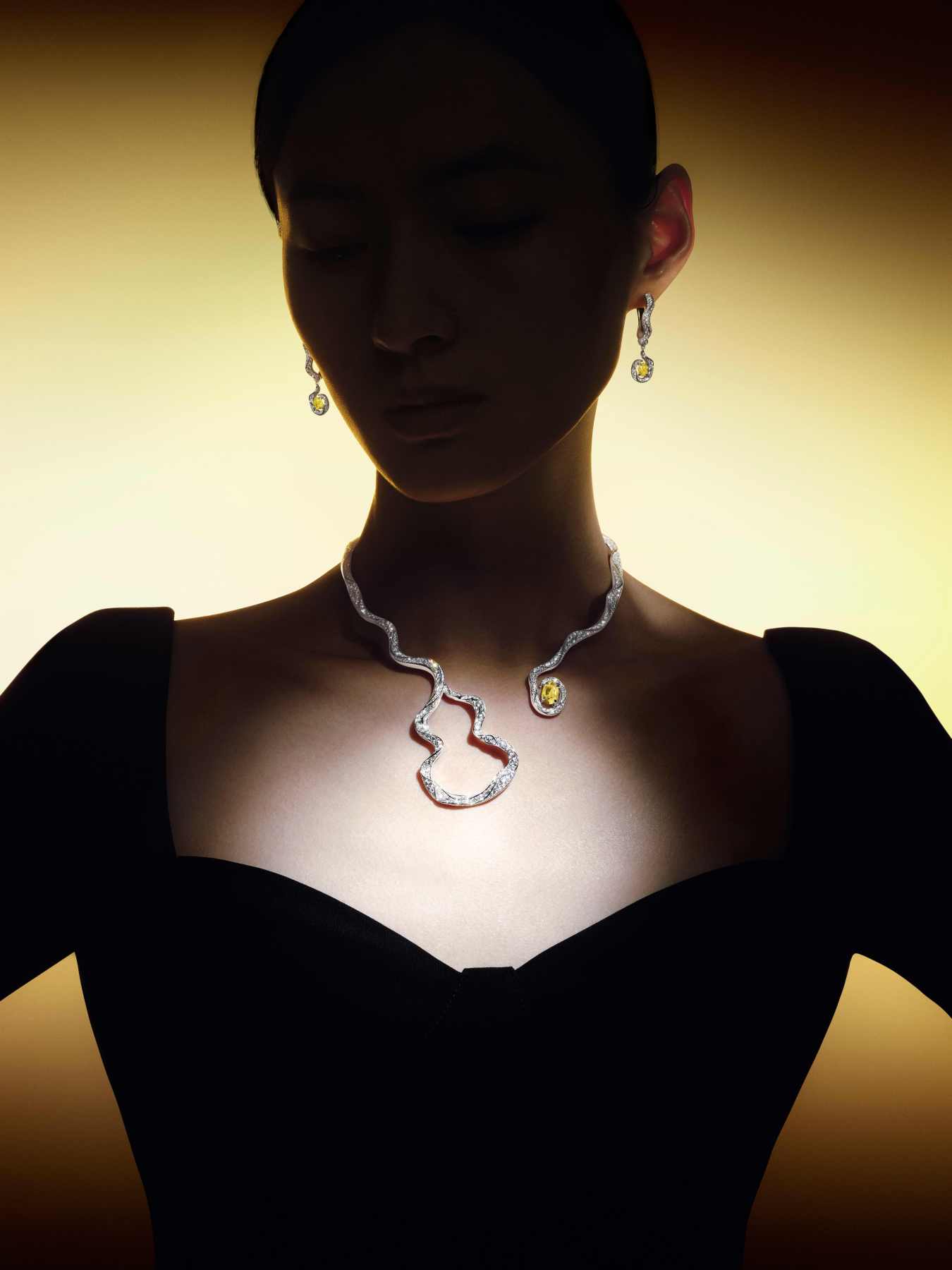
Qeelin Wulu Yulin fine jewelry collection
On the storytelling front, Qeelin has remained closely tied to its source of inspiration: Dunhuang. In September 2024, the brand established a long-term collaboration with the China Dunhuang Grottoes Conservation Research Foundation and the Dunhuang Academy, jointly supporting the “Research Project on Sui and Tang Dynasty Accessories in the Dunhuang Grottoes.”
Meanwhile, Qeelin continues to delve deeper into the vast landscape and cultural fabric of China. During the Year of the Snake Spring Festival, the brand visited a Dong ethnic village in Qiandongnan, Guizhou, creating a musical tribute to ethnic heritage. For the Year of the Dragon, Qeelin documented a golden dragon parade on the Yulong River in Guilin, embracing local customs and traditions. These cultural and artistic initiatives are all rooted in Qeelin’s deep Eastern identity.
With the founder’s original vision as its core, Qeelin has achieved authenticity across all touchpoints of product design, marketing, and customer experience, shaping a brand image that is consistently aligned both internally and externally. It is this foundation that enables Qeelin to engage with real emotions, communicate openly, and earn consumer trust.
In its Mid-Autumn short film, Qeelin once again carries forward the rich tradition of Eastern culture. By focusing on family and emotional bonds, the brand brings together the hearts of its ambassadors, the audience, and the brand itself. “Reunion” takes on new meaning and expression. In an era when consumers are drawn to native culture, Qeelin’s reverence for Eastern values and emotions gives it a powerful and distinctive edge among luxury brands.
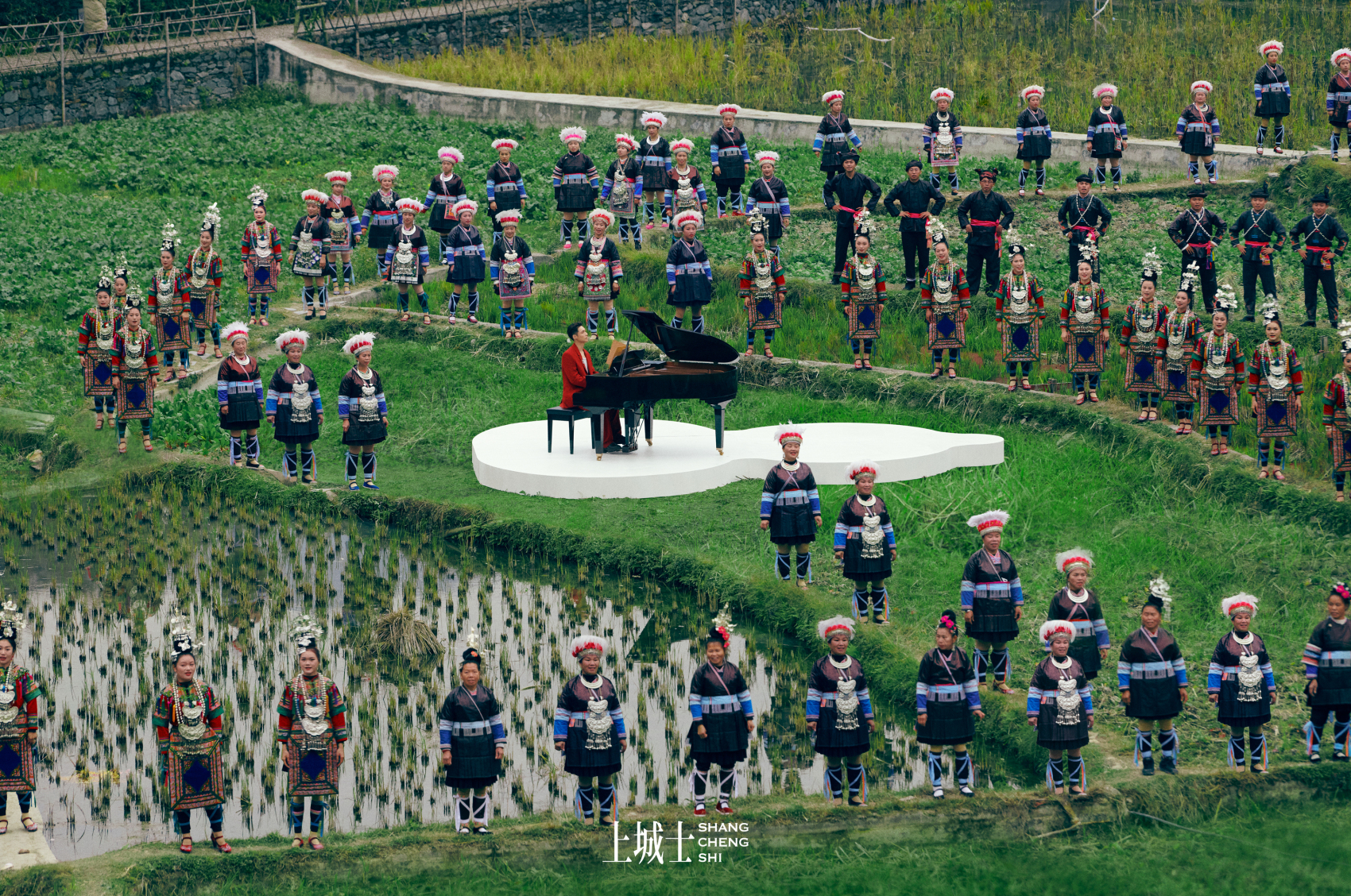
Qeelin’s New Year greeting film in 2025

Qeelin’s New Year greeting film in 2024
丨Author: Huang Yuting
丨Translator:Anne
丨Editor:Elisa

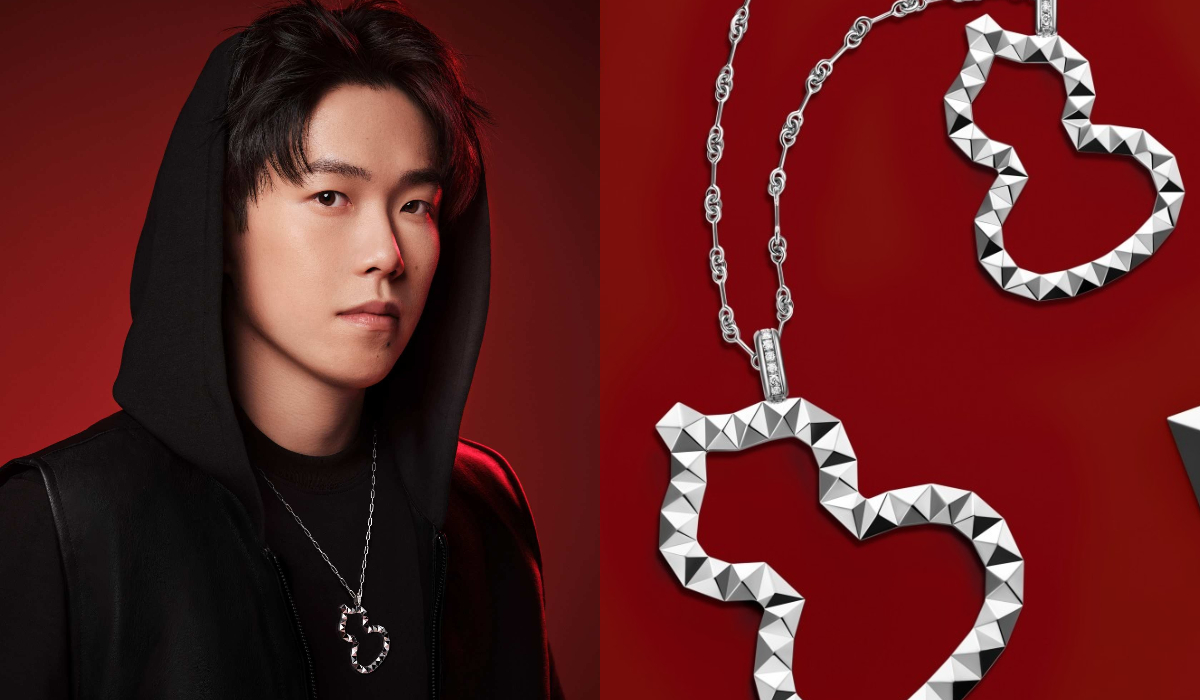
.jpg)
